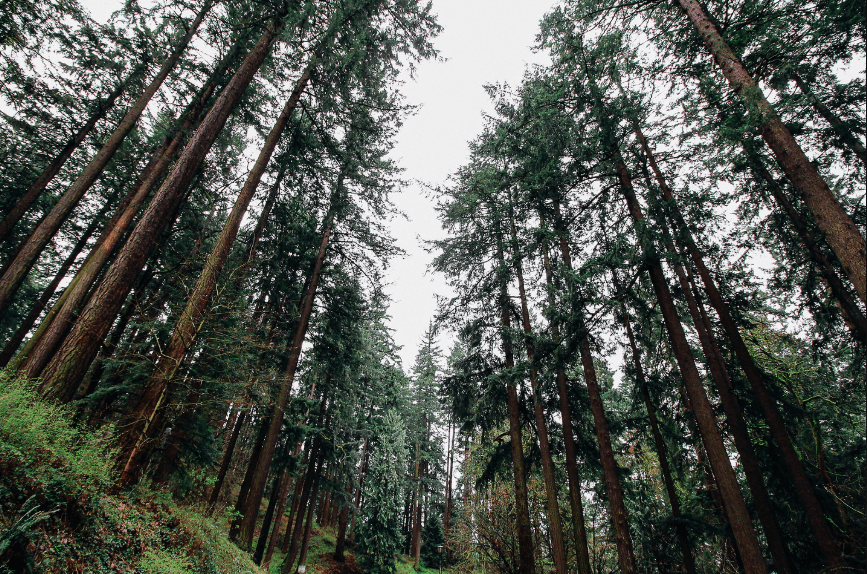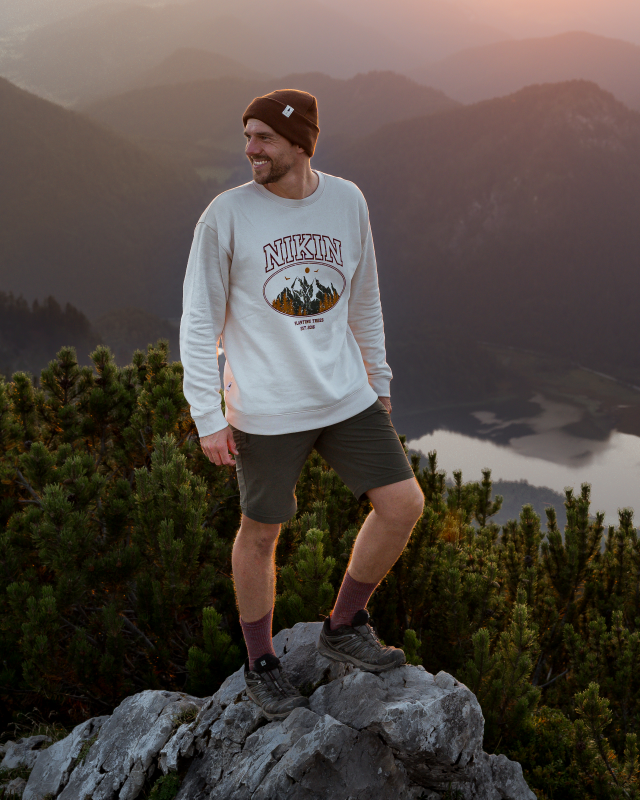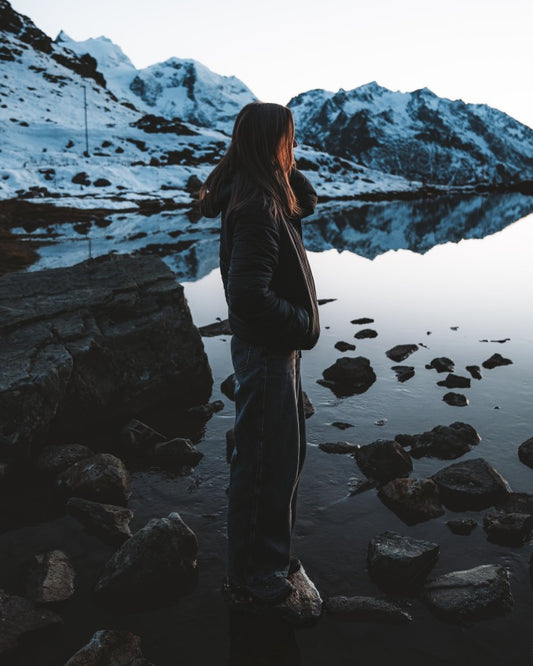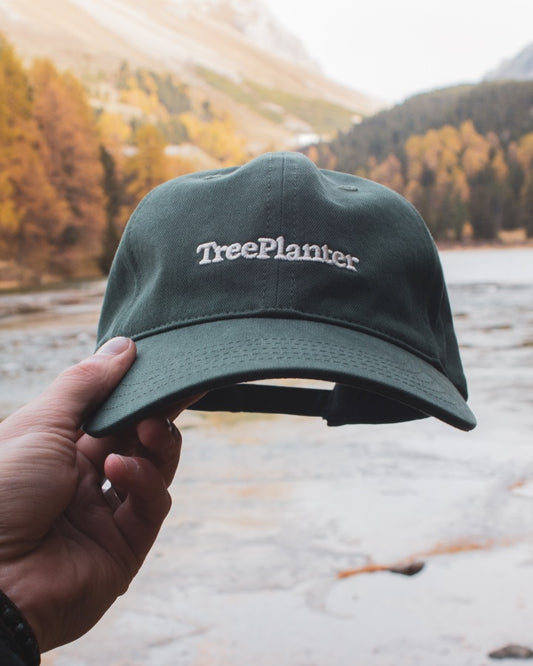A forest is much more than just a collection of green-brown shapes that tower into the sky and provide us with shade in summer. It is an ingenious miracle of nature that creates living space through its complexity, serves as a water reservoir and, last but not least, produces the oxygen we need to survive.
The great forests and why they are so worth protecting
There is hardly anyone who remains untouched by the magic of a forest. Especially if it is a largely natural forest and not a forest or commercial forest. In urban areas, it is easy to lose touch with nature, and indeed the world's great forests are constantly under siege - for timber extraction, to expand human settlements, to exploit natural resources. Nevertheless, large parts of our green planet are still covered by forests, and we should make sure that it stays that way.
Forests do amazing things
Forests can be found wherever there is sufficient light and warmth, favorable soil conditions and water. Only less than a third of our planet's land mass is currently forested. Yet trees are the most importantCO2 reservoirs after the oceans. Forests store around 2.6 billion tons of carbon every year and have a significant influence on the carbon dioxide balance of our atmosphere. If the forests disappear, it is not only the climate that suffers. The soil and groundwater balance are also destabilized. The probability of landslides, floods and droughts increases radically.
The great forests of the earth
One of the largest forests in the world is the vast coniferous forest that stretches from northern Norway to Siberia and Alaska. The so-called Euro-Asian boreal forest stretches almost unbroken across three continents and invites you to take the longest forest walk in the world! The South American rainforest in the Amazon is just as extensive, but highly endangered. Huge areas are constantly being cut down, although researchers admit that numerous animal and plant species are either not yet known or have not yet been sufficiently researched. The forests of the Amazon in particular could conceal natural remedies for numerous diseases that we do not yet know about.
Another fascinating extensive rainforest is located in - Canada! The British Columbia National Park on the west coast of Canada protects the only subtropical rainforest in the world where it gets quite wet but rarely hot. If you want to see giant trees, you can do so in California's Sequoia National Park, where the sequoia trees, which are over a hundred meters tall, are strictly protected. And there are also large, natural forests in the middle of Europe, such as the Bialowiecza primeval forest. On the border between Poland and Belarus lies one of the largest forests in Europe with an ancient oak stand. The Bialowiecza Forest is still home to European bison and is well worth a visit.
The forest: use - protection - recreation
Forests are multifunctional treasures for humans, animals and the environment. This is because they fulfill essential functions in the three areas of use, protection and recreation. And not all of these relate to people and their needs. The benefits of the forest go far beyond industrial timber extraction or picking mushrooms on a walk in the woods. In the broadest sense, it also includes the benefits of the forest, for example for obtaining seeds for tree propagation, as well as the use of game stocks for high-quality meat, which can be obtained through hunting.
The protective function of forests is indeed amazing - forests filter and conserve water and thus contribute to the preservation of clean groundwater. Trees also produce oxygen through the process of photosynthesis. Forests are therefore the "green lungs" of our planet. And they also do an enormous amount to protect species, as they provide a habitat for 80% of the world's flora and fauna.
And there's not much to say about the recreational function - who doesn't feel refreshed and revitalized after a walk in the woods?
Interesting facts about the forest
There are around 90 different species of trees and shrubs in the German forest alone. However, half of the forest's appearance is characterized by conifers, especially pines and spruces. Beech is also well represented with 16%, while the "German" oak accounts for only 9%. In addition to trees and shrubs, the forest provides a habitat for over a thousand other plants and is home to thousands of animal species. The benefits of forests are now undisputed and, accordingly, almost half of the forest areas in Germany are classified as protected landscape areas, and over a third are even nature parks. There are particularly strict protection requirements in dedicated nature reserves or biosphere reserves.
Forests are used for timber production, in which more than 100 million cubic meters of wood grow every year in Germany alone. Not all of this is used immediately, i.e. felled, because increasingly sustainable forestry is subject to the PEFC and FSC seals and ensures that the forest stands are maintained and preserved.
At NIKIN , we want our forests to be preserved. That's why we plant a Tree for every product sold - at over 10 locations worldwide. Of course, we don't plant the same species everywhere, but locally suitable trees selected by experts.





















1 comment
Dear Nikin Team
I just discovered you on Insta and am thrilled - your project is mega cool!
I'm just going to stock up on Nikin and draw attention to it with my family on my skateboard and snowboard :-)